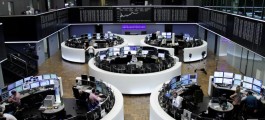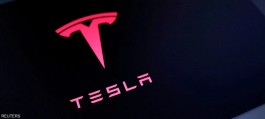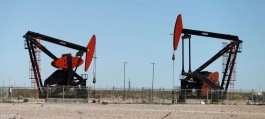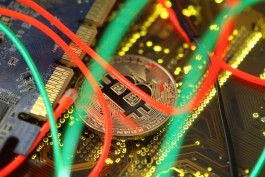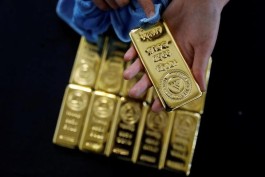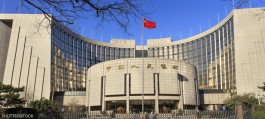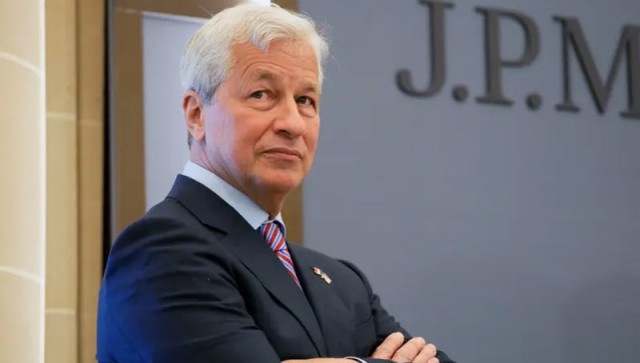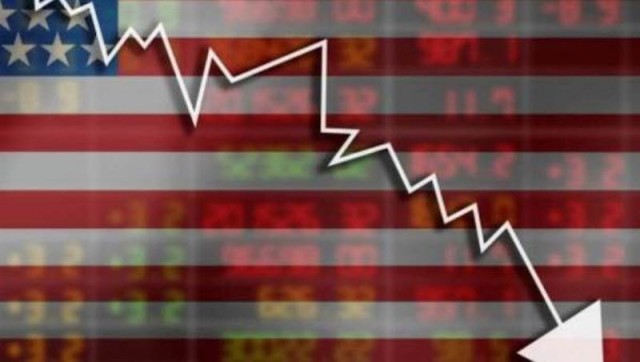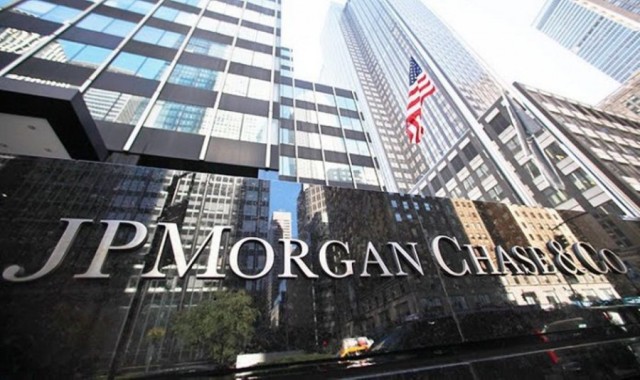Looming on the horizon are signs indicating the direction of the US economy towards a recession that may be strong and painful, through signs that reflected a contraction in the gross domestic product in the first and second quarters.
According to Arab Net, the first of these signals is an inversion of the yield curve - that is, the investor is ready to pay a higher amount to buy long-term US Treasury bonds, and thus its yield will fall from its short-term counterpart.
The yield curve reversed last March, but returned to normal a few days later, then reversed again in June and returned to normal again, but it reversed for the third time at the beginning of July and remained so until this hour, and the difference between the two-year bond yields and the ten- and five-year bond yields has widened significantly. big.
Wall Street stock markets gave the second sign of recession, and despite Dow Jones entering a bear market at the end of September, and technology shares losing a third of their value since the beginning of the year, analysts and major banks, led by JPMorgan, see this as a sign of recession.
According to JPMorgan's own trading model, the S&P 500's 6.5% drop in just one week, followed by the Fed's 75-point hike, indicates a 92% chance of a recession, up from 51% last August.
Other assets are showing similar warning signs, according to the bank, as base metals prices point to the possibility of a recession in the US economy at 96% vs. 84% in August.
And 40 years ago, former Fed Chairman Paul Volcker raised interest rates to 20% to fight inflation, which touched 14% at the time, and the result was a deflation for the year of 1.8% in 1982.
Observers describe Jerome Powell as Paul Volcker's faithful successor who follows in his footsteps, especially after 3 consecutive interest hikes with seventy-five basis points each.


















